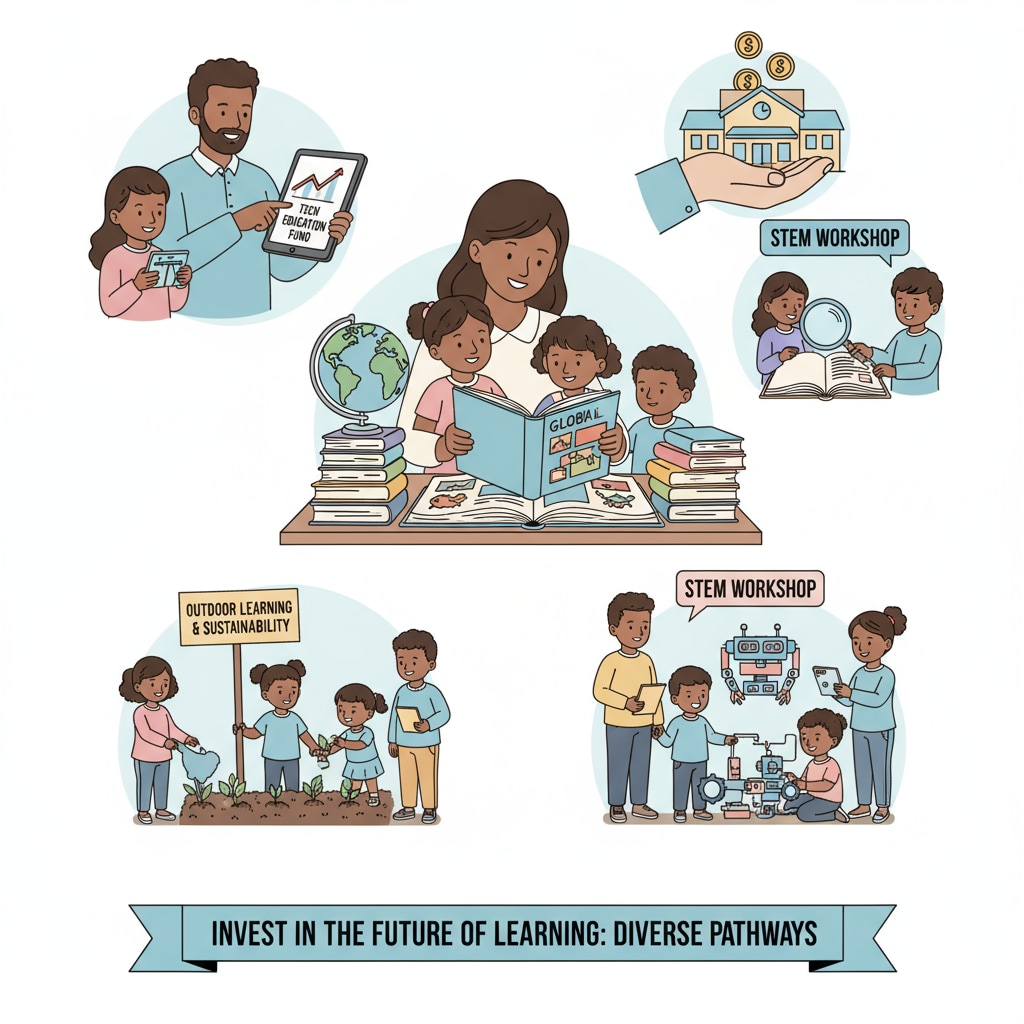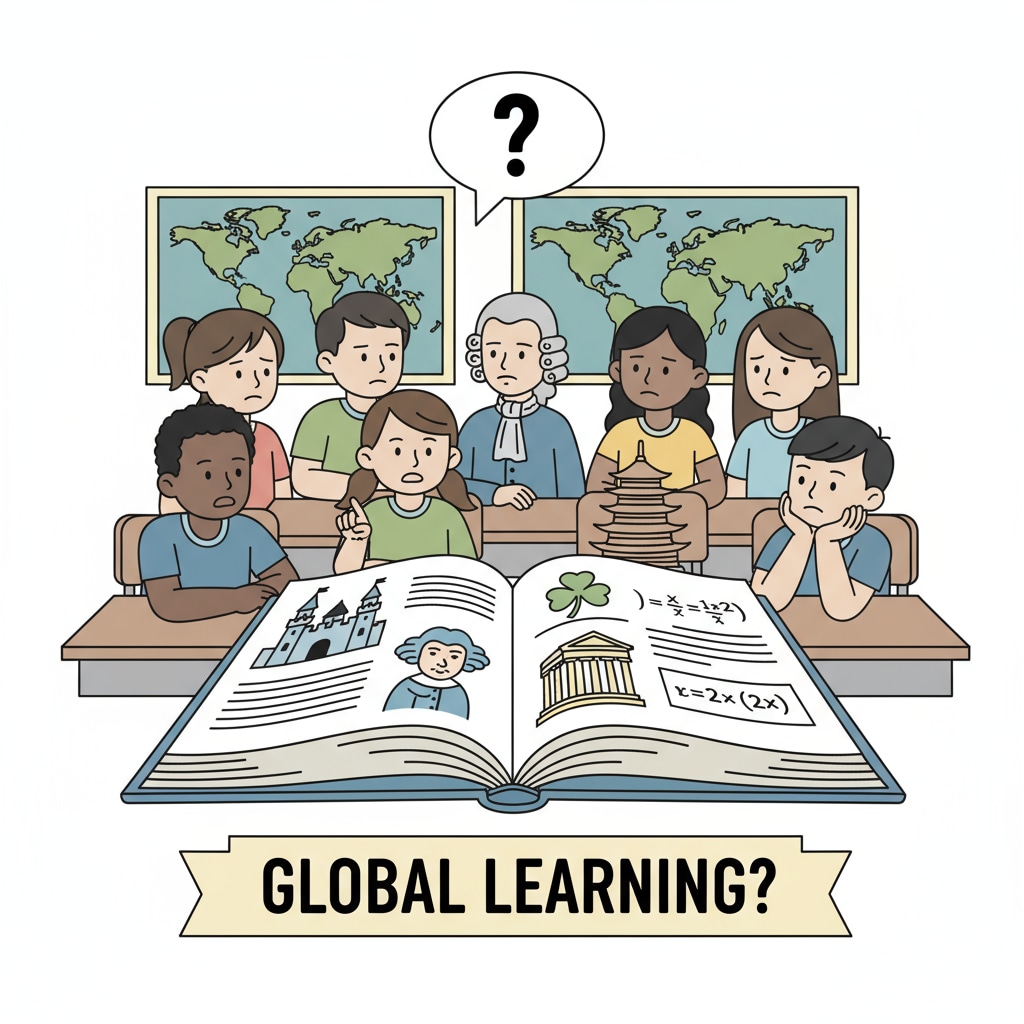In the realm of education, the relationship between non-white parents’ educational investment and curriculum design is a topic of growing significance. This article delves into this complex connection, highlighting the cultural dissonance between non-white parents’ investment approaches and the mainstream K12 curriculum.

The Cultural Divide in Educational Investment and Curriculum
Non-white parents often bring unique cultural values and educational beliefs to the table. Their investment in their children’s education may manifest in various ways, such as emphasizing cultural heritage, community involvement, or non-traditional learning methods. However, the mainstream K12 curriculum, which is often designed with a dominant cultural perspective, may not adequately reflect these diverse approaches. For example, it may lack content that resonates with non-white students’ cultural backgrounds, leading to a sense of disconnection. As a result, non-white students may struggle to engage fully in the learning process. Cultural Responsive Pedagogy on Wikipedia

Culturally Responsive Teaching as a Solution
Culturally responsive teaching is a crucial strategy to bridge the gap between non-white parents’ educational investment and the curriculum. This approach involves integrating students’ cultural backgrounds, experiences, and languages into the teaching and learning process. Teachers can use diverse teaching materials, incorporate culturally relevant examples, and create inclusive learning environments. By doing so, students are more likely to feel valued and engaged. In addition, it helps to build stronger connections between home and school, as non-white parents see their cultural values being recognized in the curriculum. Education on Britannica
Another aspect is the development of new models of home-school cooperation. Non-white parents should be actively involved in curriculum design and decision-making processes. This could include parent-teacher meetings focused on cultural integration, workshops where parents can share their educational insights, and co-creation of learning activities that blend home and school cultures. Such initiatives can enhance the alignment between non-white parents’ educational investment and the curriculum.
Finally, fair resource allocation is essential. Non-white communities often face disparities in educational resources, which can impact the effectiveness of their educational investment. Ensuring equal access to quality textbooks, technology, and educational programs can help level the playing field. By addressing these issues, we can work towards a more inclusive educational ecosystem that respects and benefits from the diverse educational investment of non-white parents.
Readability guidance: Short paragraphs and lists are used to summarize key points. Each H2 section provides a list when possible. The proportion of passive voice and long sentences is controlled. Transition words are scattered throughout the text for better flow.


